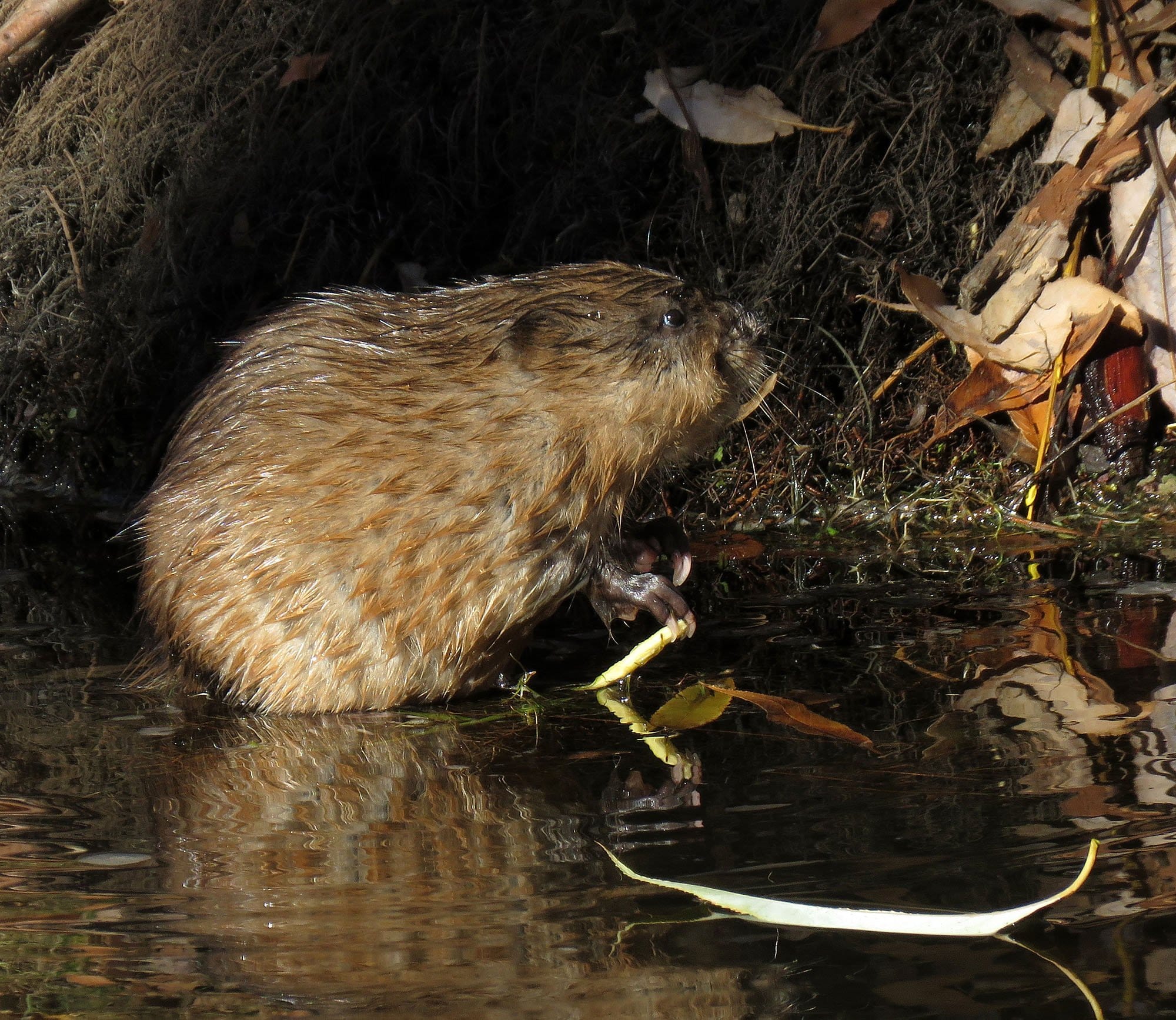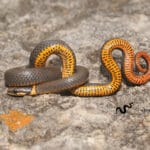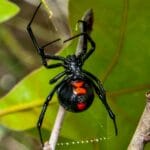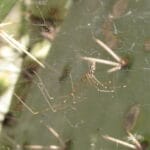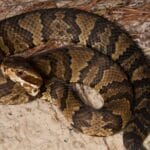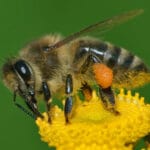Muskrats: those busy, brown rodents often seen swimming in our ponds and creeks. But are they dangerous? This comprehensive guide delves into muskrat behavior, the potential risks they pose to humans and property, and how to manage encounters effectively. Slither into a world of fascinating reptilian knowledge by exploring the venomous snakes in Oklahoma. Unravel the mysteries of the eight-legged creepy crawlies by discovering the venomous spiders in Texas.
Understanding Muskrat Risks
While not typically aggressive, muskrats can cause problems. Their industrious nature, focused on burrowing and dam-building, sometimes clashes with human interests. This can lead to property damage, agricultural disruptions, and—though rare—potential health risks. Let’s explore the nuances of these potential hazards.
Muskrat Bites: Fact vs. Fiction
Muskrats aren’t inherently aggressive. They’re shy creatures who prefer to avoid human interaction. However, like any wild animal, a cornered or threatened muskrat may bite. This generally stems from self-preservation rather than a desire to attack. The risk of infection from a bite is a valid concern due to bacteria in their mouths and the aquatic environments they inhabit.
Property Damage: The Real Threat
The main concern with muskrats lies in their potential for property damage. Their burrowing can destabilize pond banks, gardens, and even building foundations. Tunnels can lead to erosion, leaks in water-retaining structures, and even collapses. Their appetite for aquatic plants, roots, and garden vegetables can also lead to significant crop damage. This isn’t limited to backyards; muskrats can impact agricultural lands and water management infrastructure, causing costly repairs.
What Happens if a Muskrat Bites?
Muskrat bites, though infrequent, pose a risk of infection and, more rarely, disease transmission due to the bacteria present in their mouths and the often less-than-pristine aquatic environments they inhabit. Proper wound care after a muskrat bite is crucial to minimize the risk of infection. This includes thorough cleaning, disinfection, and monitoring for signs of complications.
First Aid and Follow-Up
- Cleanse: Immediately wash the bite thoroughly with soap and water to flush out bacteria and contaminants.
- Disinfect: Apply an antiseptic solution to further reduce the risk of infection.
- Protect: Cover the bite with a clean bandage.
- Seek Medical Attention: Consult a doctor, especially if the bite breaks the skin or if any signs of infection develop. A tetanus booster might be recommended.
- Watch for Infection: Monitor the wound for redness, swelling, increasing pain, pus, or red streaks. Fever or chills are also cause for concern. Contact your doctor immediately if these symptoms arise.
Potential Diseases
Beyond infection, muskrats can carry diseases, although transmission is uncommon. Rabies, though rare in muskrats, is a serious concern. Research also suggests the possibility of tularemia and leptospirosis, bacterial infections that can be transmitted to humans. While the risk is low, awareness and appropriate precautions are crucial.
How to React to a Muskrat Sighting
Muskrat encounters are more likely to be a nuisance than an immediate danger. Understanding their habits, the potential risks, and how to respond appropriately are key to peaceful coexistence.
Assessing the Situation
If you see a muskrat, observe from a distance. Do not approach or attempt to interact. Assess the situation:
- Is the muskrat simply passing through? If so, no action may be needed.
- Are there signs of muskrat activity, like burrows or damage? This suggests closer observation and potential preventative measures.
- Is the muskrat acting strangely? Contact local animal control. Unusual behavior could indicate illness, including rabies.
When Muskrats Become a Problem
If muskrats cause damage or become a nuisance, consider these strategies:
- Exclusion: Create barriers using fencing, wire mesh, or other materials to prevent access to vulnerable areas.
- Deterrents: Motion-activated sprinklers, ultrasonic devices, or commercial repellents can discourage muskrats, but their effectiveness varies.
- Habitat Modification: Make the area less attractive by removing vegetation near the water’s edge, modifying the banks of ponds to make them less suitable for burrowing.
- Trapping: For serious infestations, trapping is usually the most effective solution. This is best handled by professionals experienced in humane trapping and local regulations.
Preventing Muskrat Problems
Proactive steps can significantly reduce the risk of muskrat-related issues:
- Reinforce vulnerable areas: Protect pond banks, building foundations, and gardens with wire mesh or other sturdy materials.
- Remove attractants: Trim overhanging vegetation near the water and remove potential food sources.
- Maintain clean shorelines: This reduces the availability of burrowing sites and makes the area less inviting.
Living with Muskrats
While we can’t predict every interaction with wildlife, understanding muskrat behavior and potential risks allows for better management of encounters. By respecting their space, implementing preventative measures, and acting responsibly when problems arise, we can often coexist peacefully. Ongoing research continues to expand our understanding of muskrats and their impact on the environment, leading to more effective management strategies.
- Adrienne G. Scruggs: New Wayne County Judge Brings Decades of Experience to the 3rd Circuit Court - November 25, 2024
- Ahsha Safai’s Mayoral Bid: Can He Deliver Real Change for San Francisco? - November 25, 2024
- Yesli Vega: From Prince William County to Capitol Hill Ambitions - November 25, 2024
